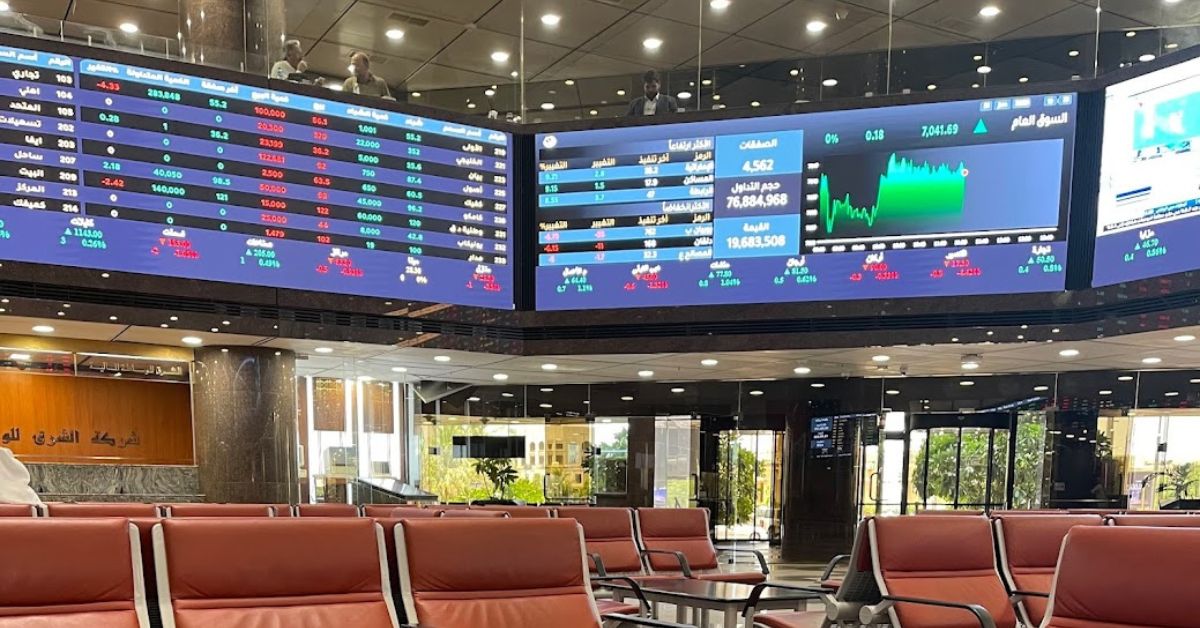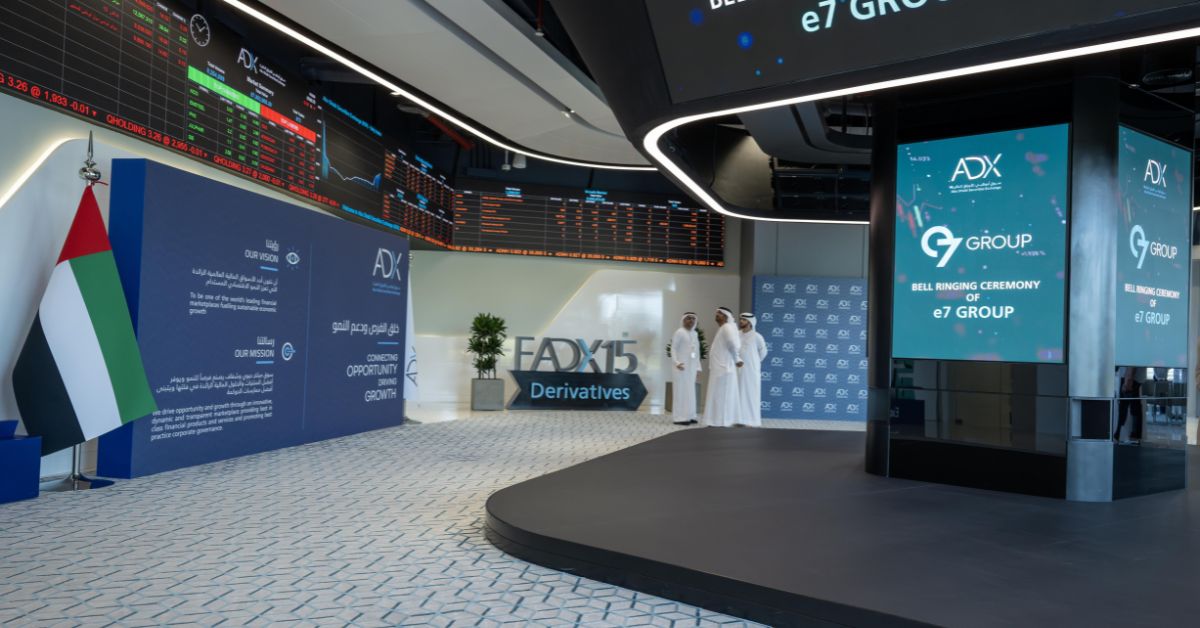DUBAI — GCC equity markets had a positive start to the year, with incremental gains across most markets during January. However, declines in the last week of the month nearly erased all gains made since the beginning of the month.
The MSCI GCC index reached a 13-month high on January 28, 2024, but consecutive declines in the last three trading sessions completely offset the gains, resulting in a 0.9 percent decline for January 2024.
The monthly performance was impacted by a steep decline in Qatar, further compounded by slight monthly declines in Saudi Arabia and Abu Dhabi. These were partially offset by gains in the other four markets in the GCC.
According to a recent report by Kamco Invest, Kuwait was the top-performing market in the GCC during January 2024, with a gain of 6.6 percent, the highest monthly gain in almost five years. Gains in Kuwait were broad-based across all market segments, with Bahrain and Dubai following with monthly gains of 4.9 percent and 2.7 percent, respectively.
Despite the index experiencing a 21.7 percent gain in 2023, Dubai saw gains, whereas Qatar faced the largest decline at 6.8 percent after falls in nearly all sectors.
Meanwhile, the contraction in Saudi Arabia and Abu Dhabi benchmarks was driven by rising regional geopolitical tensions and the oil output cap announcement from Aramco. The monthly sector performance chart for the GCC region showed mixed trends, with an equal number of gainers and decliners.
Food & Beverage was the best-performing sector with a 7.0 percent gain, followed by the pharma and transportation sectors with gains of around 4 percent. Banks experienced a sharp fall in the last three days, closing with a gain of 0.7 percent.
Conversely, the energy sector recorded the largest decline at 6.0 percent, followed by other large-cap sectors like materials and real estate, with declines of 5.7 percent and 3.5 percent, respectively.
Tadawul
Saudi Arabia’s TASI declined during January 2024 after gains in the first half of the month were almost completely offset by declines in the second half. The benchmark closed at 11,796.6 points, resulting in a monthly loss of 1.4 percent.
The performance of the index was influenced by regional geopolitical tensions and oil prices since the beginning of the year. The sector performance chart for the month remained mixed, almost equally divided between gainers and losers. Additionally, the month saw the debut of MBC Group Company in the Media and Entertainment sector on the Main Market of the Saudi Exchange.
Abu Dhabi Securities Exchange
The FTSE ADX index began the year with a slight decline of 0.7 percent in January 2024, ending the month at 9,508.32 points. The monthly decline was broad-based, with eight out of ten sectors showing declines.
The Utilities index experienced the largest drop among the indices in January 2024, with a 10.0 percent decrease, closing at 12,488.0 points. This decline was primarily due to a 10.0 percent fall in shares of Abu Dhabi National Energy Company, the sole constituent of the Utilities sector.
The Consumer Discretionary index was next with a 9.1 percent decrease, ending the month at 7,126.7 points as four of the five companies in the sector reported declines. The Healthcare index followed as the third-largest decliner with a 7.0 percent monthly decrease, closing at 3,459.9 points, largely due to a 14.91 percent drop in shares of PureHealth in January 2024.
On the positive side, the Consumer Staples and the Financials indices recorded gains of 3.5 percent and 0.9 percent, respectively.
Dubai Financial Market
The DFM General Index posted the third-largest monthly gain in the GCC during January 2024. The benchmark rose for the third consecutive month, achieving a 2.7 percent gain in January 2024 to close at 4,169.1 points.
The monthly sector performance favored gainers, with five out of eight sector indices recording gains, while the remaining three sectors experienced declines. The Financial Sector (+6.0 percent) and the Industrial Sector (+2.8 percent), two of the three largest weighted sectors in the market, bolstered the overall gains for the month.
Five of the eight companies in the Industrial Sector saw gains in January 2024, led by a 10.9 percent increase in shares of Salik. The Communication Services sector led the sector chart for the month with an 8.9 percent gain.
Conversely, the Materials Index experienced the most significant monthly drop among the indices in January 2024, with a 6.3 percent decline, ending the month at 105.4 points. The Real Estate Sector was next with a 3.9 percent decrease, closing at 7,324.1 points.

Boursa Kuwait
Boursa Kuwait saw broad-based gains during January 2024, with all market segments recording monthly increases. The Premier Market index surpassed the 8,000 mark after consistent gains in the latter half of the month and reached an intraday peak of 8,083.1 points.
However, declines in subsequent sessions brought the index to a monthly close of 7,959.5 points. Mid-cap and small-cap stocks led the gainers chart, with the Main Market Index and the Main 50 Index showing relatively better monthly gains compared to large-cap stocks.
This was reflected in the Premier Market index’s 6.5 percent return, while the Main 50 Index and the Main Market indices posted gains of 7.9 percent and 7.2 percent, respectively. The net result was a 6.6 percent increase for the All-Share Market Index, marking the highest monthly growth in five years.








